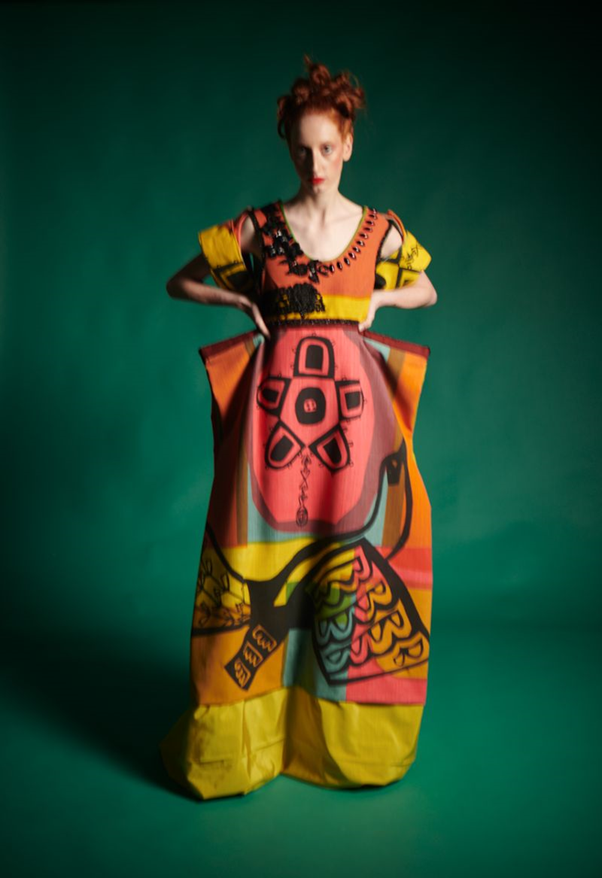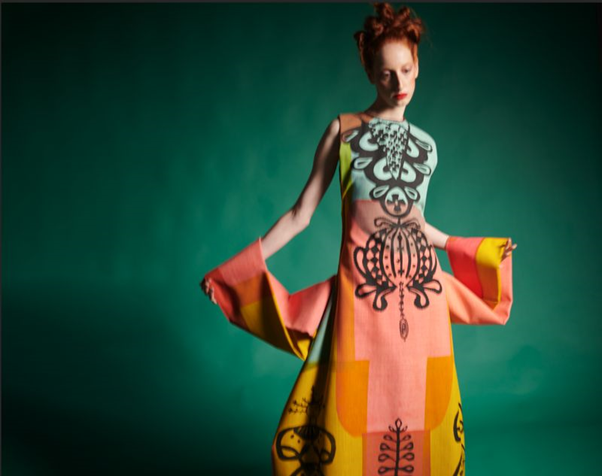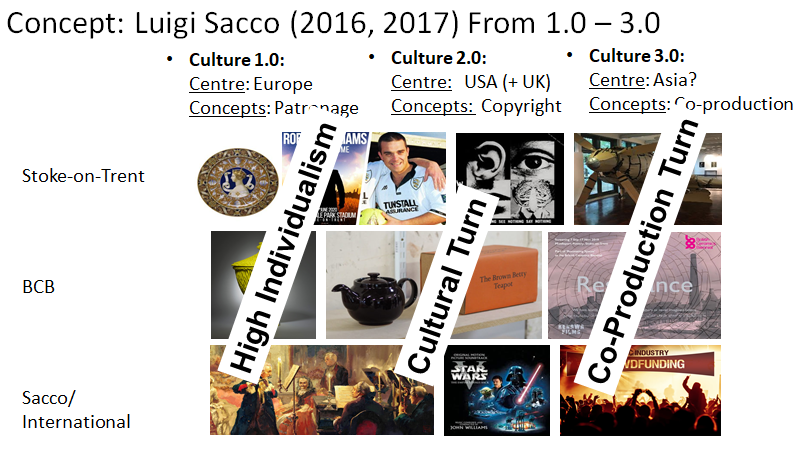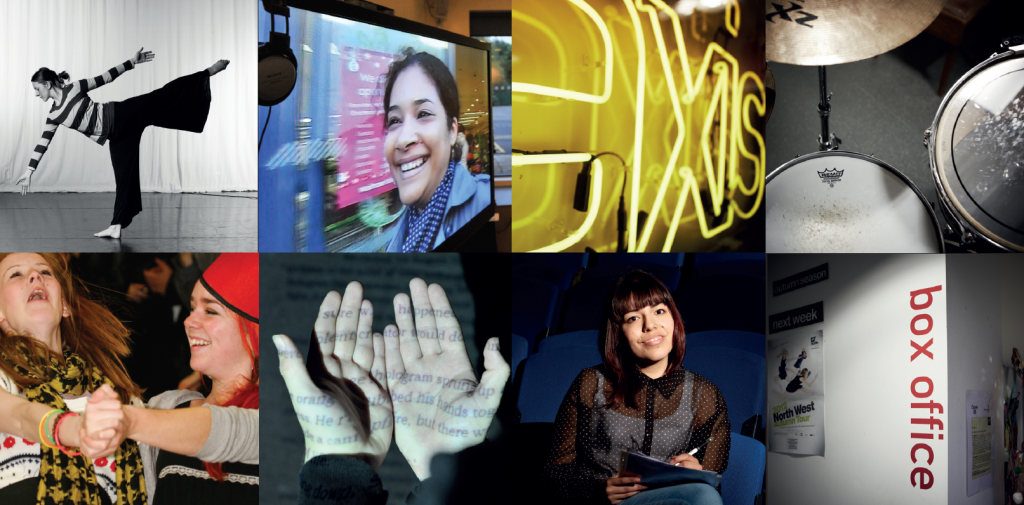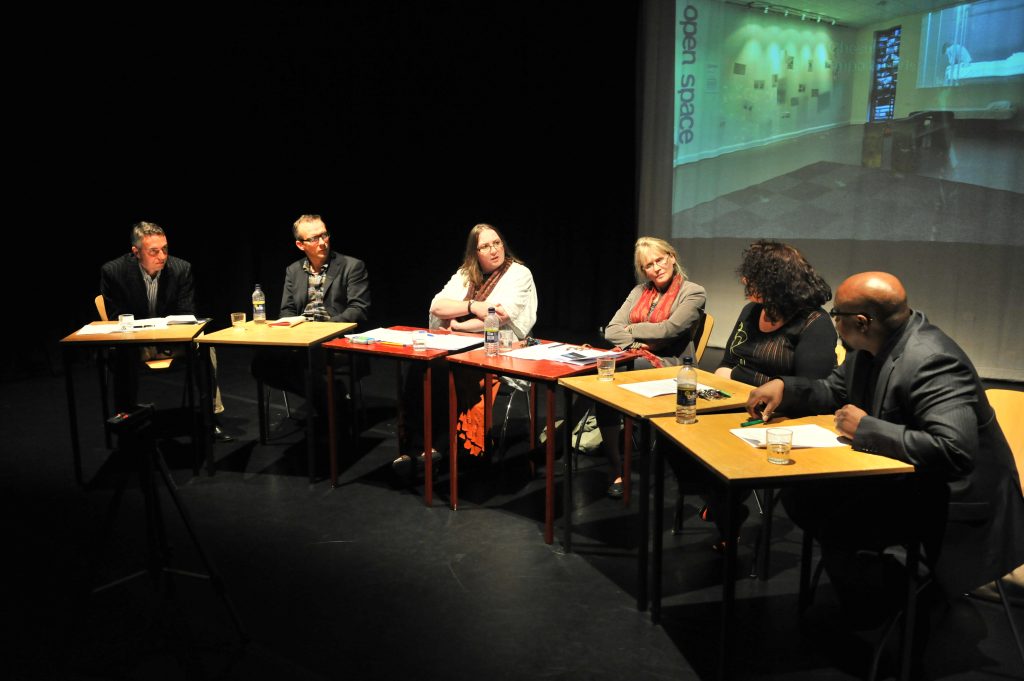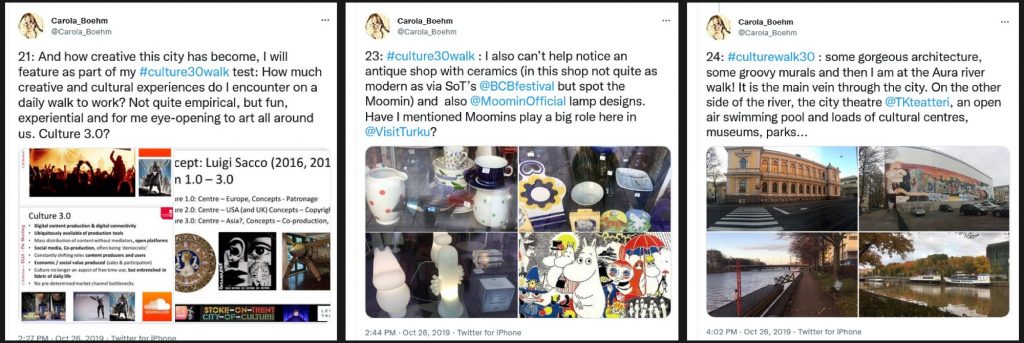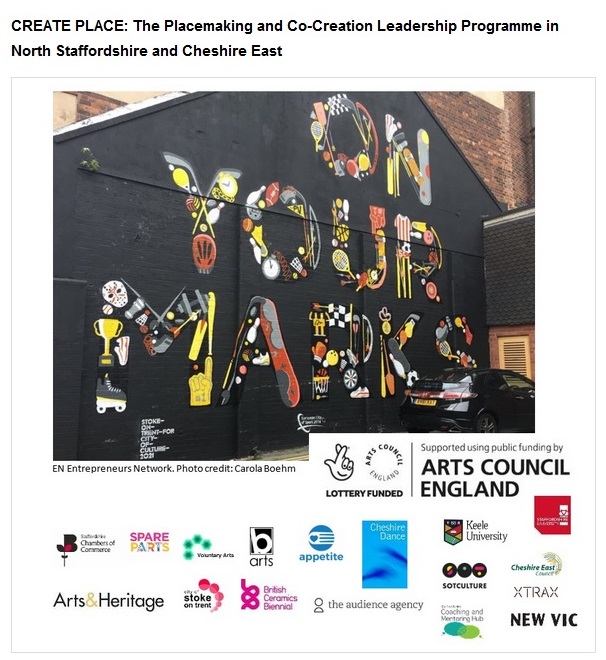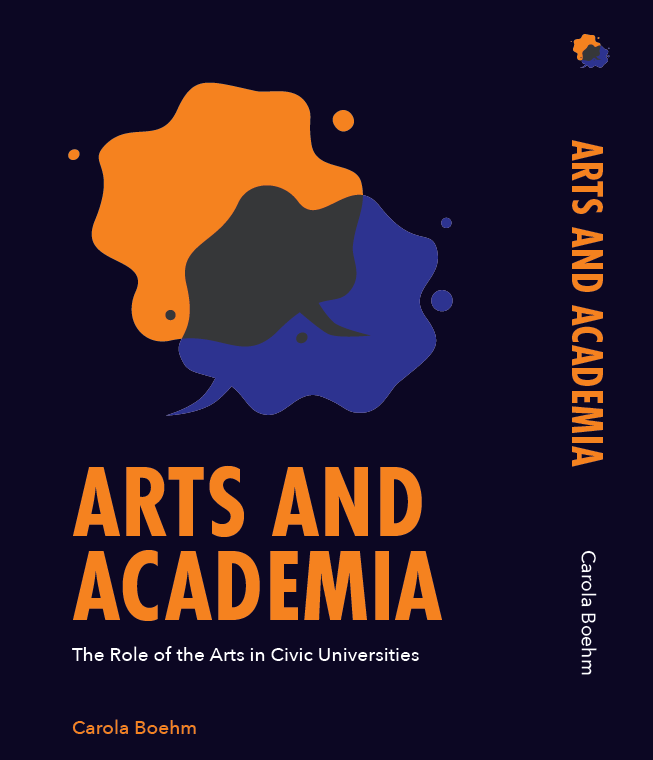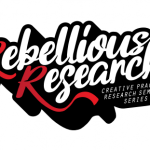This is a curation written by Colette Dobson, Visiting Research Fellow and associate member of the C3 Centre here at Staffordshire University. It starts where her REF2021 case study ended (https://results2021.ref.ac.uk/impact/e2edae12-c563-4615-87a4-5bab25262c26?page=1), continuing her narrative until her work today, in 2023.
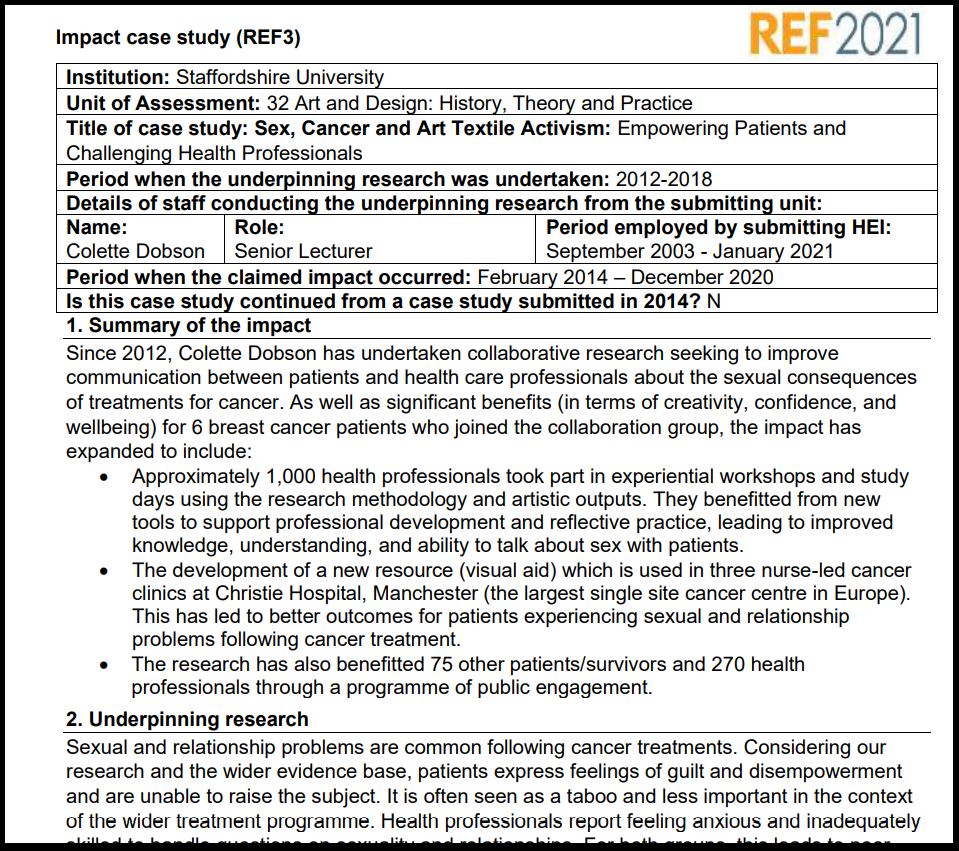
Sexual and relationship problems are common following cancer treatments. Considering our research and the wider evidence base, patients express feelings of guilt and disempowerment and are unable to raise the subject. It is often seen as a taboo and less important in the context of the wider treatment programme. Health professionals report feeling anxious and inadequately skilled to handle questions on sexuality and relationships. For both groups, this leads to poor assessment and treatment, impacting on patients’ broader long-term wellbeing. Dobson developed a novel approach of using design activism to allow these marginalised issues to be discussed and addressed.
Since 2000, Dobson has worked on the restricted communication of women resulting from conformity to religious and social expectation. Her research engages new modes of art textile activism. This took on a new dimension in 2012, with her role as Lead Artistic Researcher in a collaborative NHS project, Sexuality and Cancer (with psychosexual consultant Dr Josie Butcher, Cheshire Wirral Partnership (CWP) NHS Trust, as Principal Investigator). Sexuality and Cancer uses design activism to explore questions around sexuality and relationships following cancer treatment. It engages directly with both patients and health professionals to understand their perspectives and ensure their diverse needs are met. This novel and highly collaborative approach empowers patients to use art and new forms of artistic expression as an alternative language to express and communicate feelings of emotional and physical trauma using visual metaphors. It focuses on the concepts of damage and repair, asking ‘at what stage does change become damage and what is the nature of repair?’ For health professionals, this challenging approach confronts them with a form of communication that is unfamiliar and hard to understand. It purposefully replicates a sense of the patient’s perspective in dealing with medical issues.
This was central to her REF2021 case study, available from https://results2021.ref.ac.uk/impact/e2edae12-c563-4615-87a4-5bab25262c26?page=1.
Communication was central to Colette Dobson’s REF impact case study Sex, Cancer and Art Textile Activism. Empowering patients and challenging health professionals. Now after completing 2 years of her Visiting Research Fellowship she is presenting the first of 3 projects made in collaboration with Catherine Dineley technical specialist in lens based media.
Communication remains at the core of the current research which responds to the findings
“Most Britons cannot name all the parts of the vulva” Linda Geddes 2021
In fact 91% of patients at urogynaecology clinics at a Manchester teaching hospital were unable to label the diagram of the 7 parts of externalfemale genitalia.
This causes problems in consent for procedures, difficulties in conversations with GP’s and confusion to the nature of medical problems. The researchers stated a need for more education.
Alongside the need for improved education on women’s health there are multi million pound advertising campaigns, promoting products for cleaning freshening and rebalancing your vagina which actually harm the natural balance of the vagina, causing potential harm and infections. Social media and celebrities promote procedures – vaginal steaming which damage the natural flora to vaginal gummies that promote a better tasting vagina with no clinical proof, all sending messages the vagina is unacceptable without improvement, and can create poor body image.
Research has led to a project “Your Vagina is a Garden keep it Blooming”.
Garments have been constructed with similar diagrams of the vulva used by the researchers, printed onto bright coloured surfaces surrounded by flowers and gardens and presented through Catherine Dineley’s beautiful photographs, creating a visually rich series of images a celebration and conversation opener.
Note: Any staff interested in collaborating with Colette in developing this work towards an impact case study would be welcome to discuss its potential with Jackie Reynolds.


